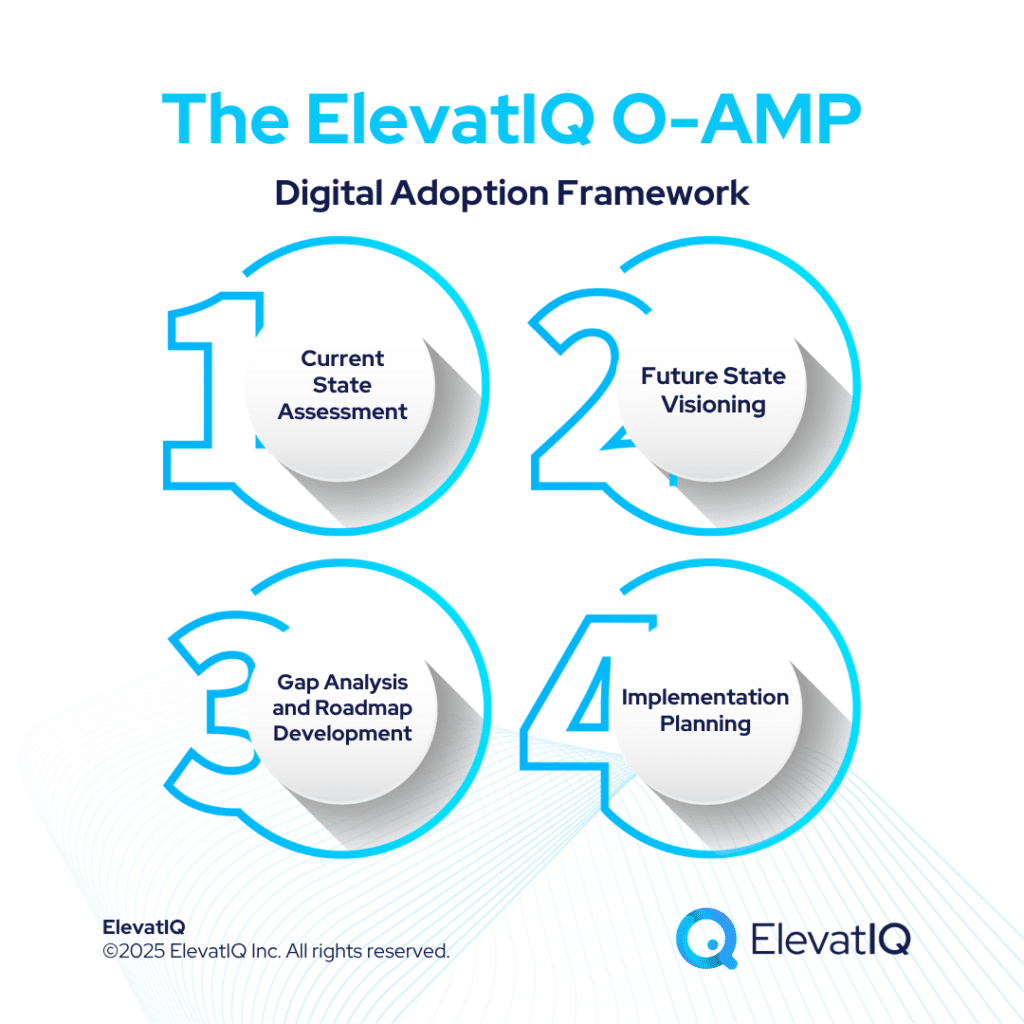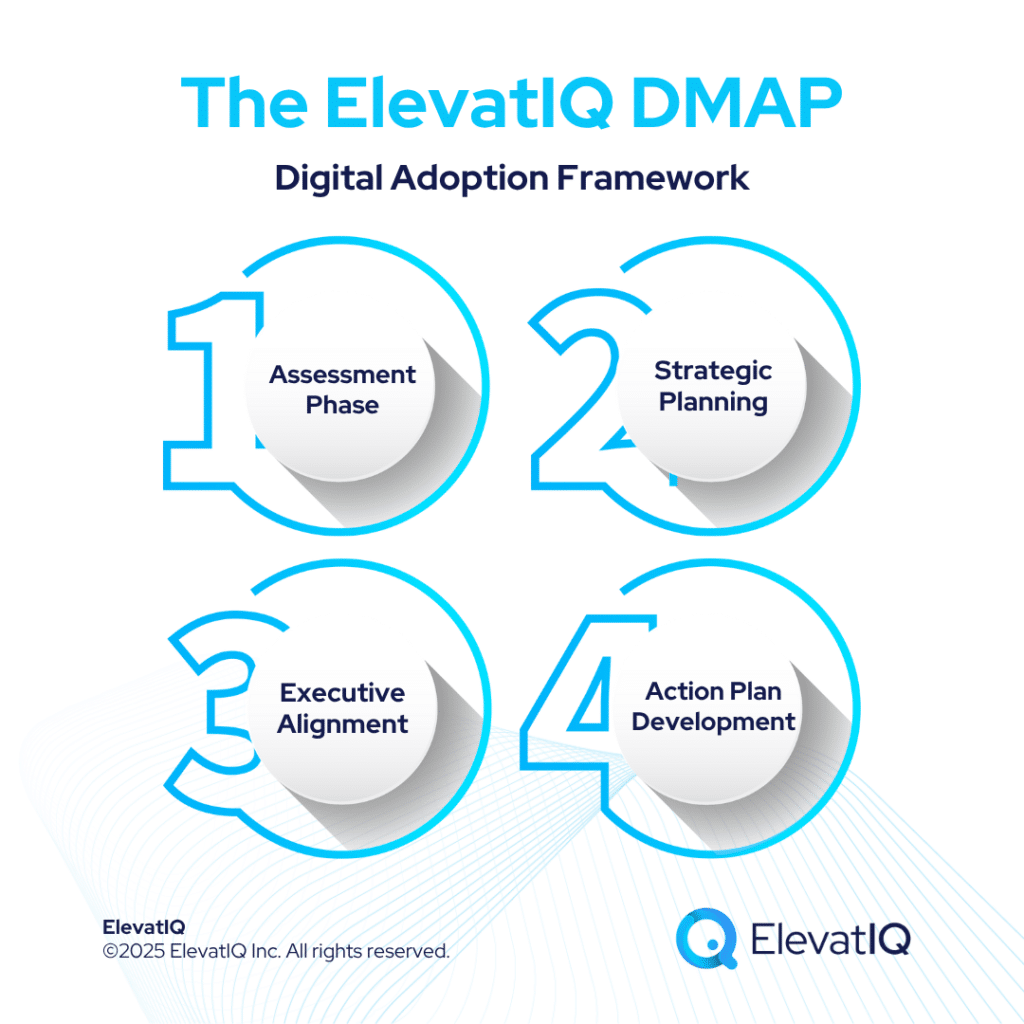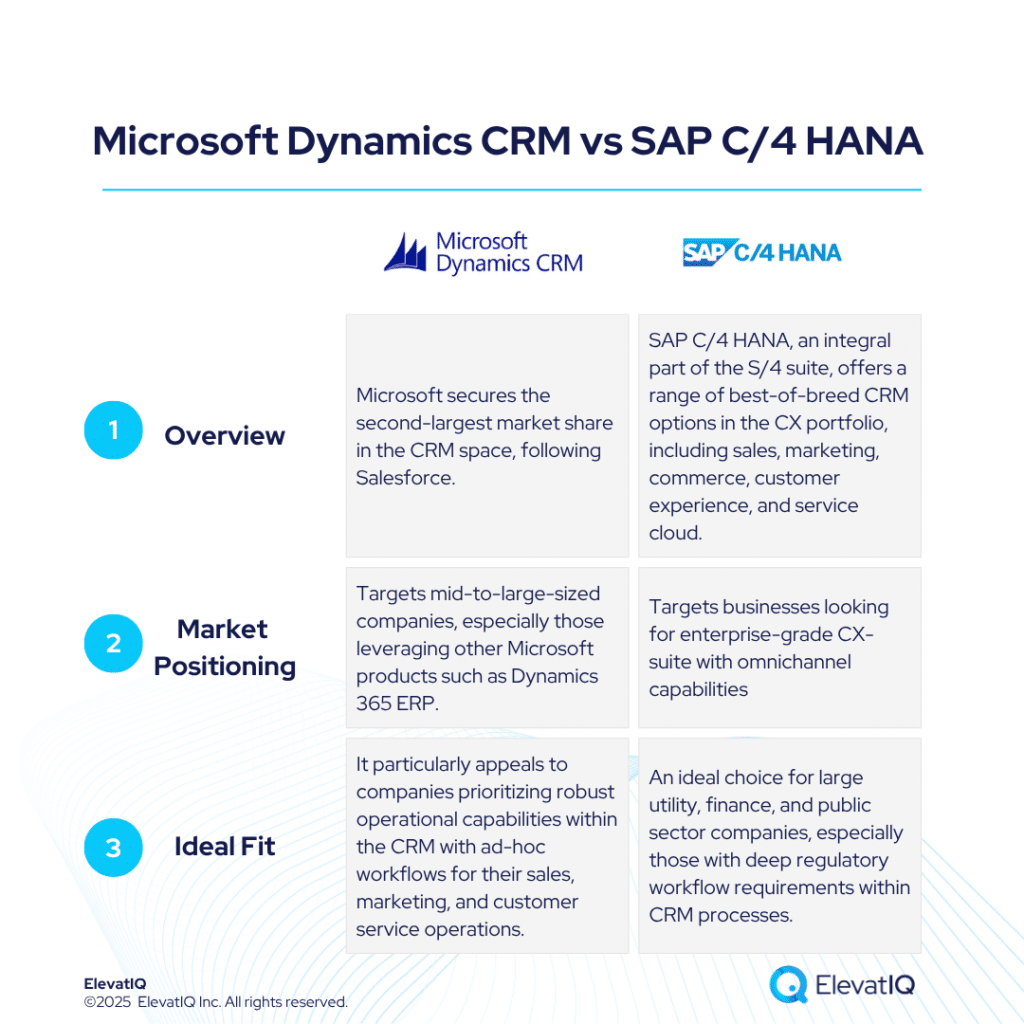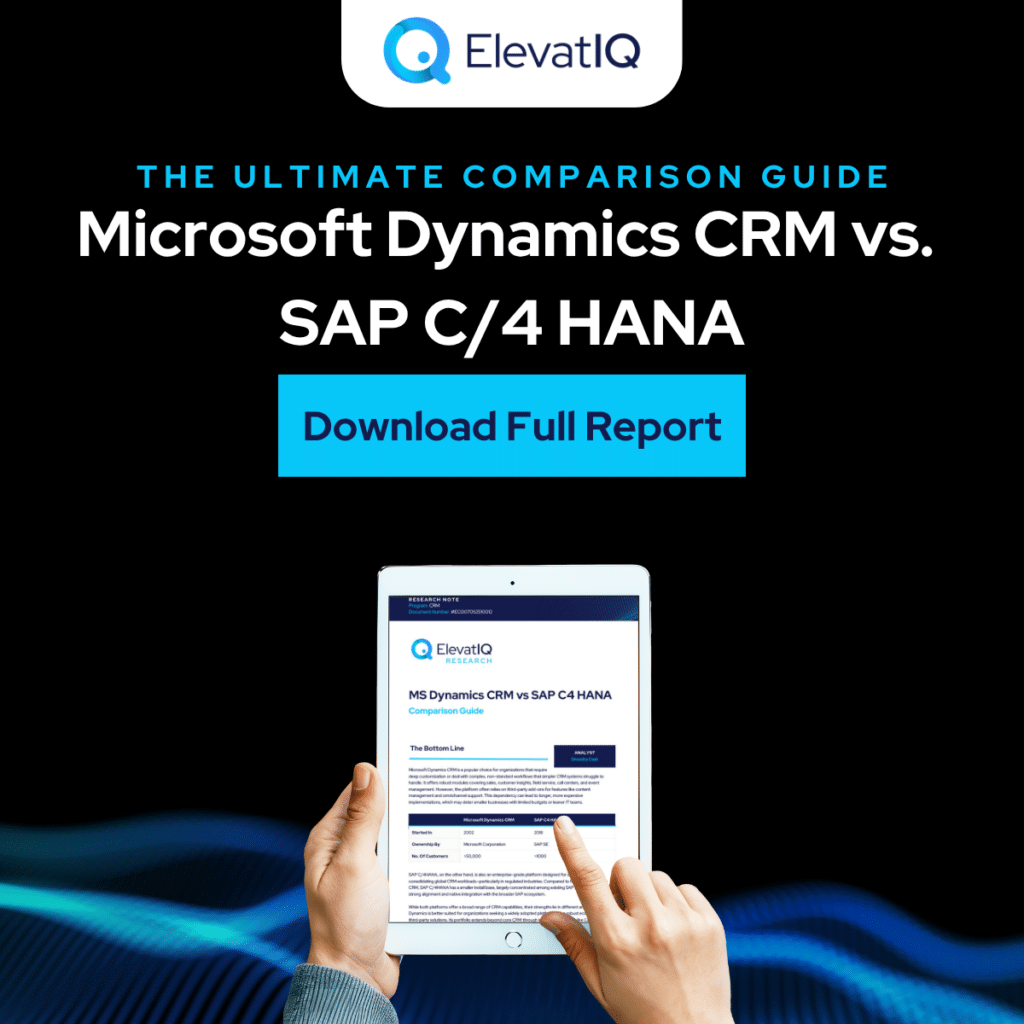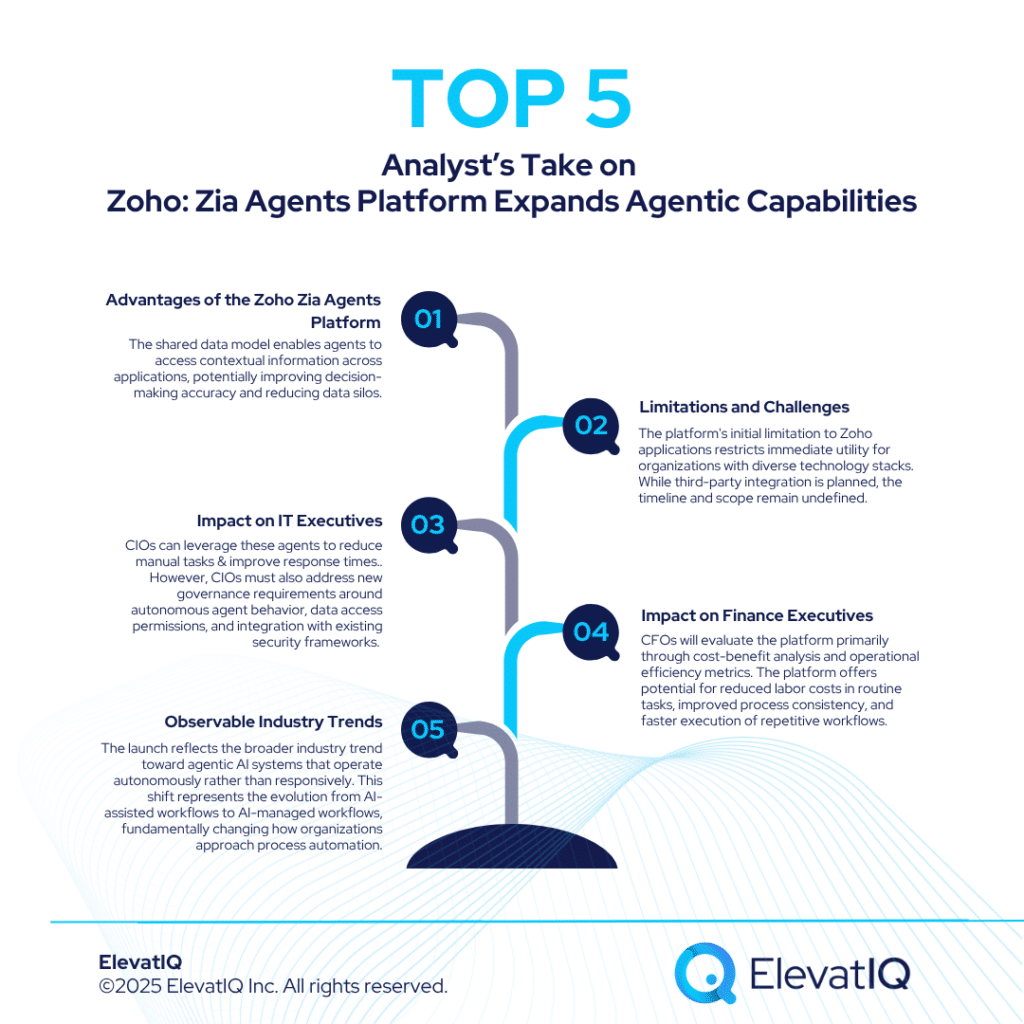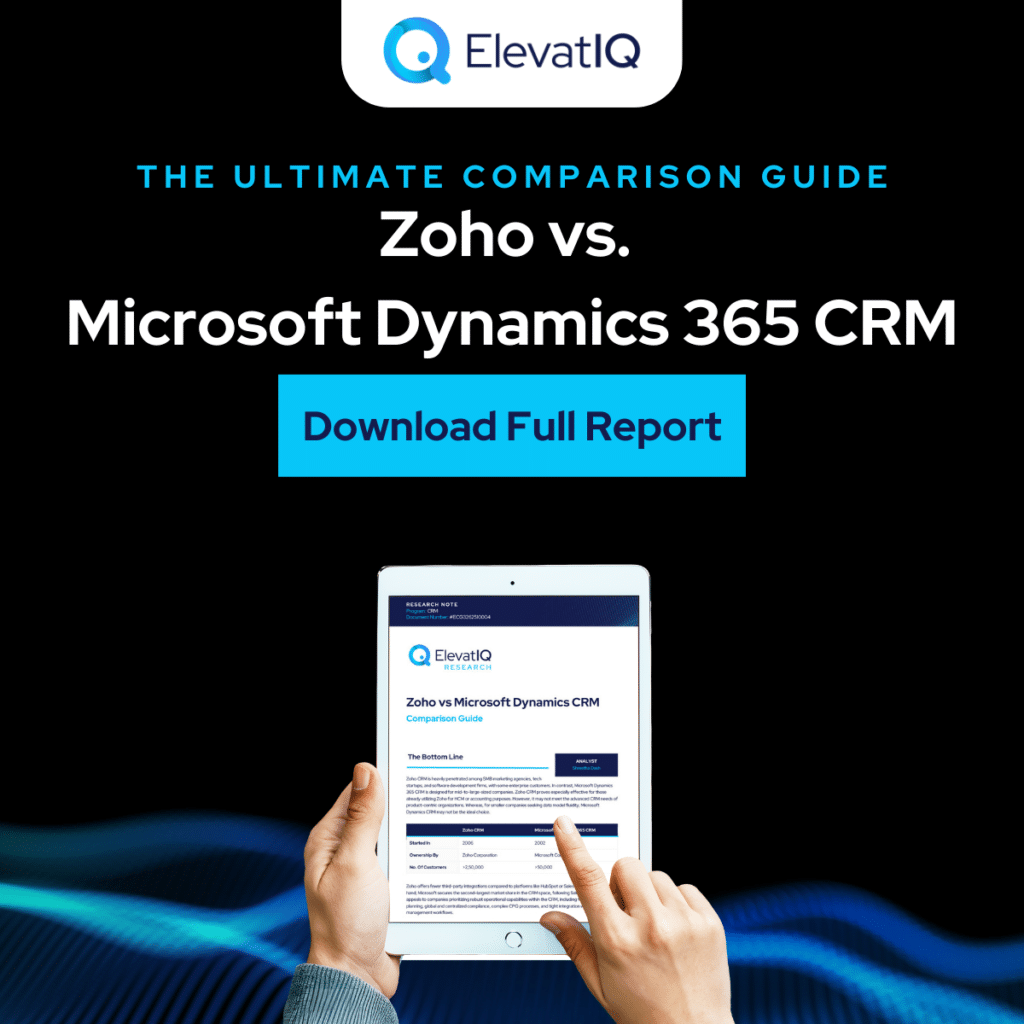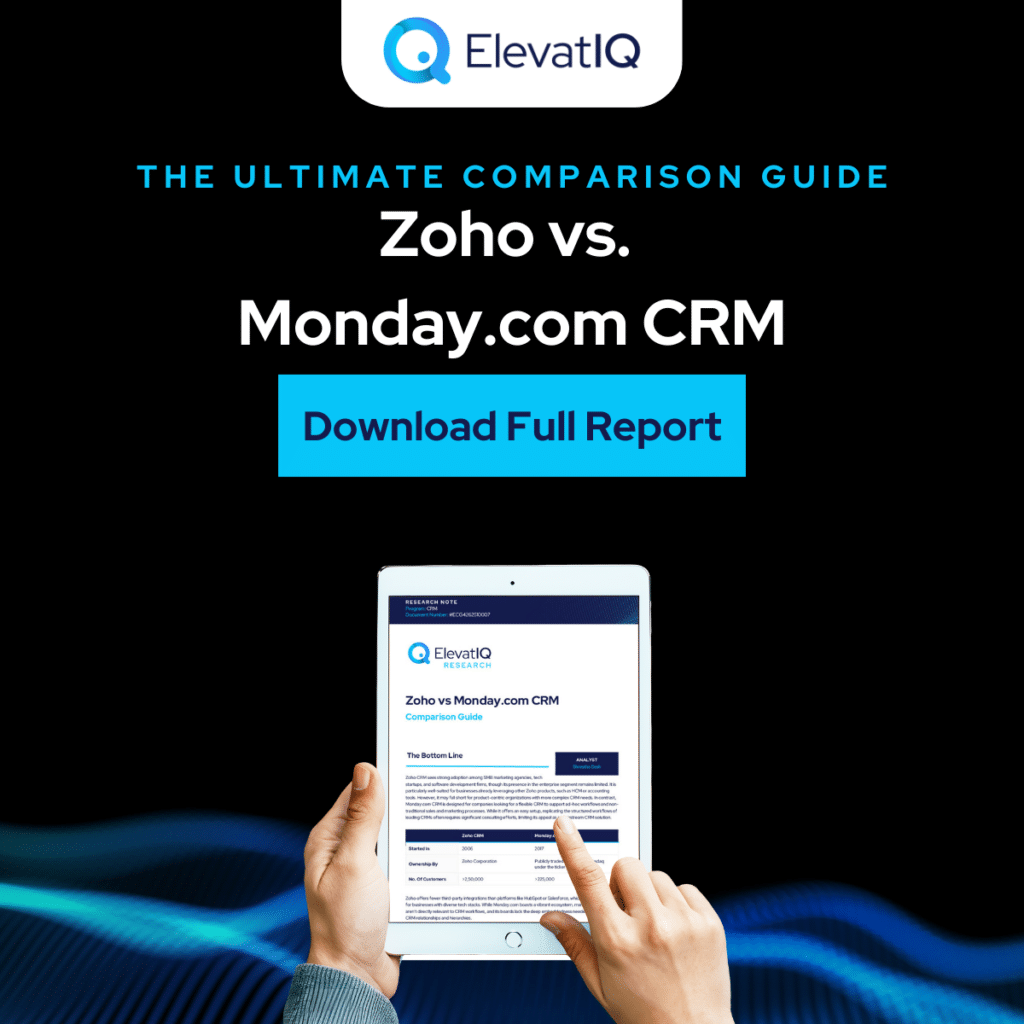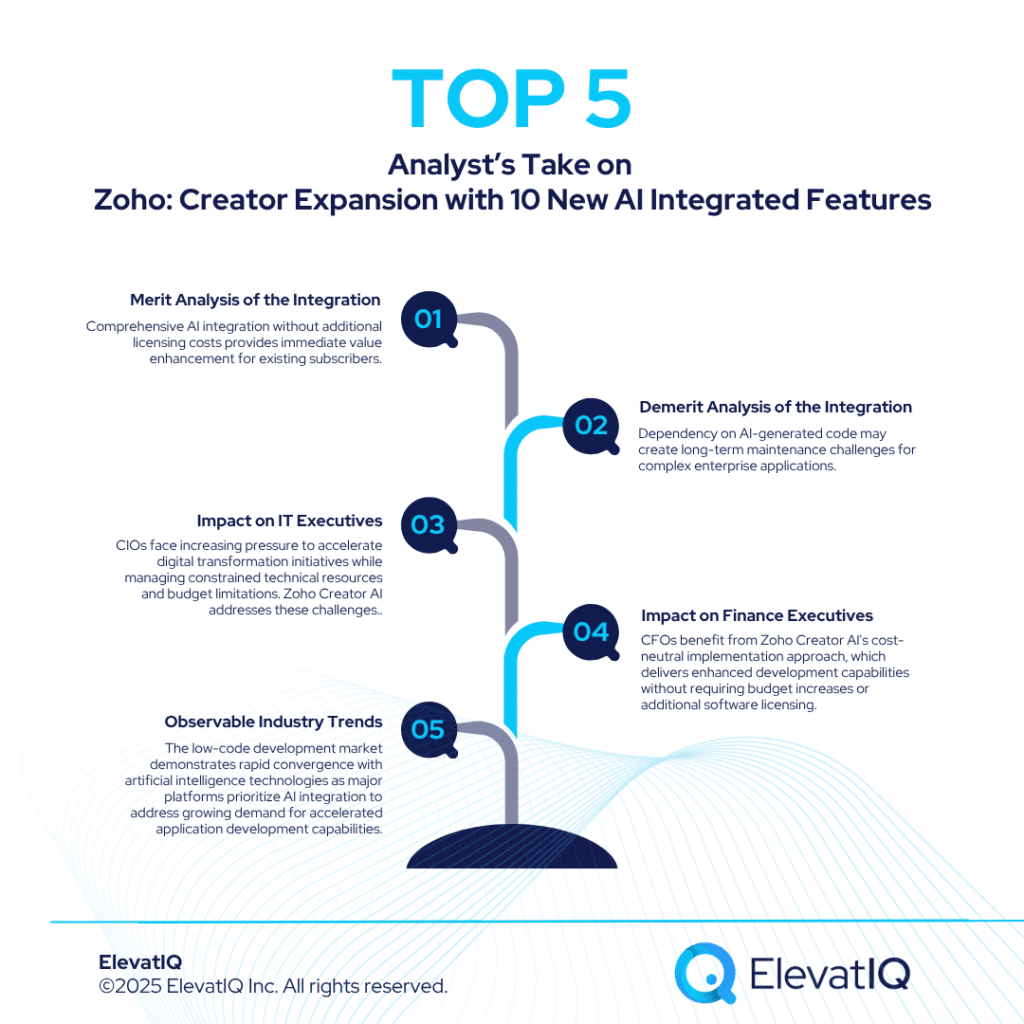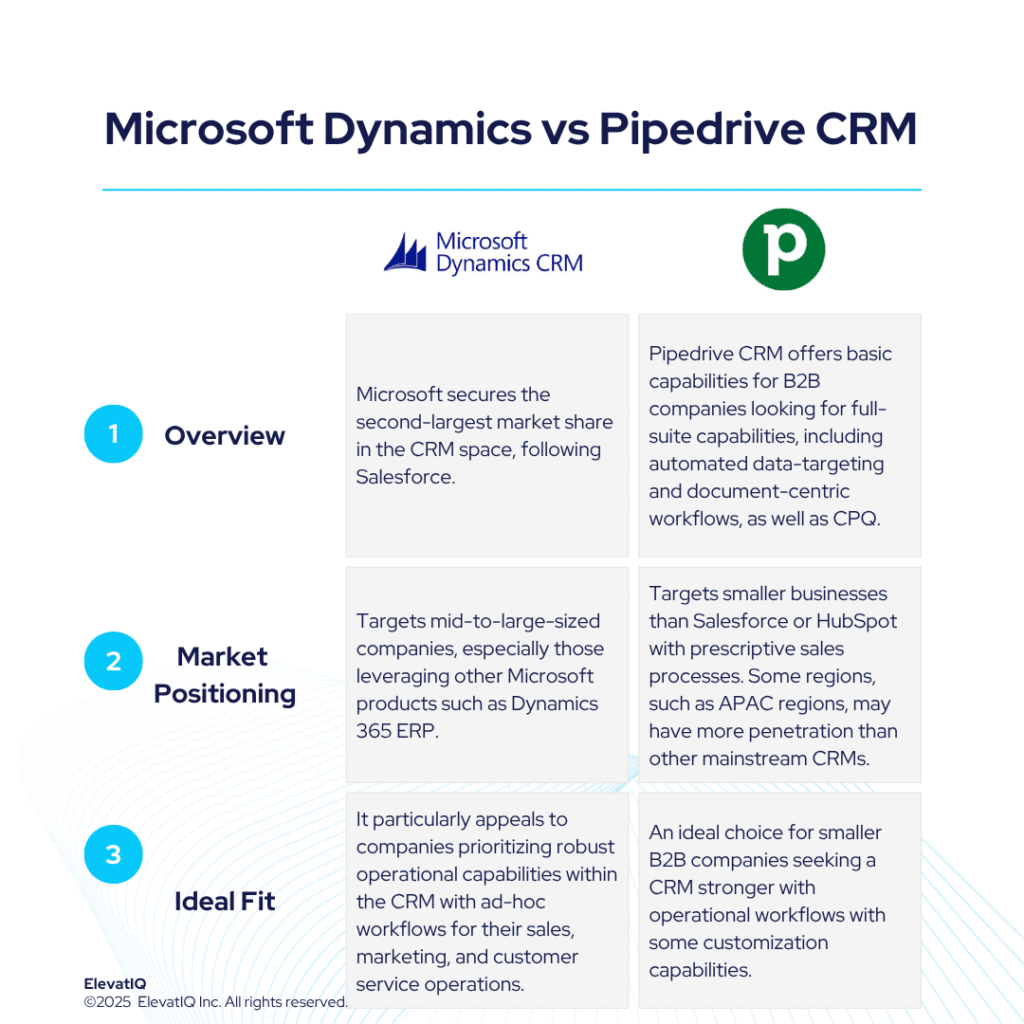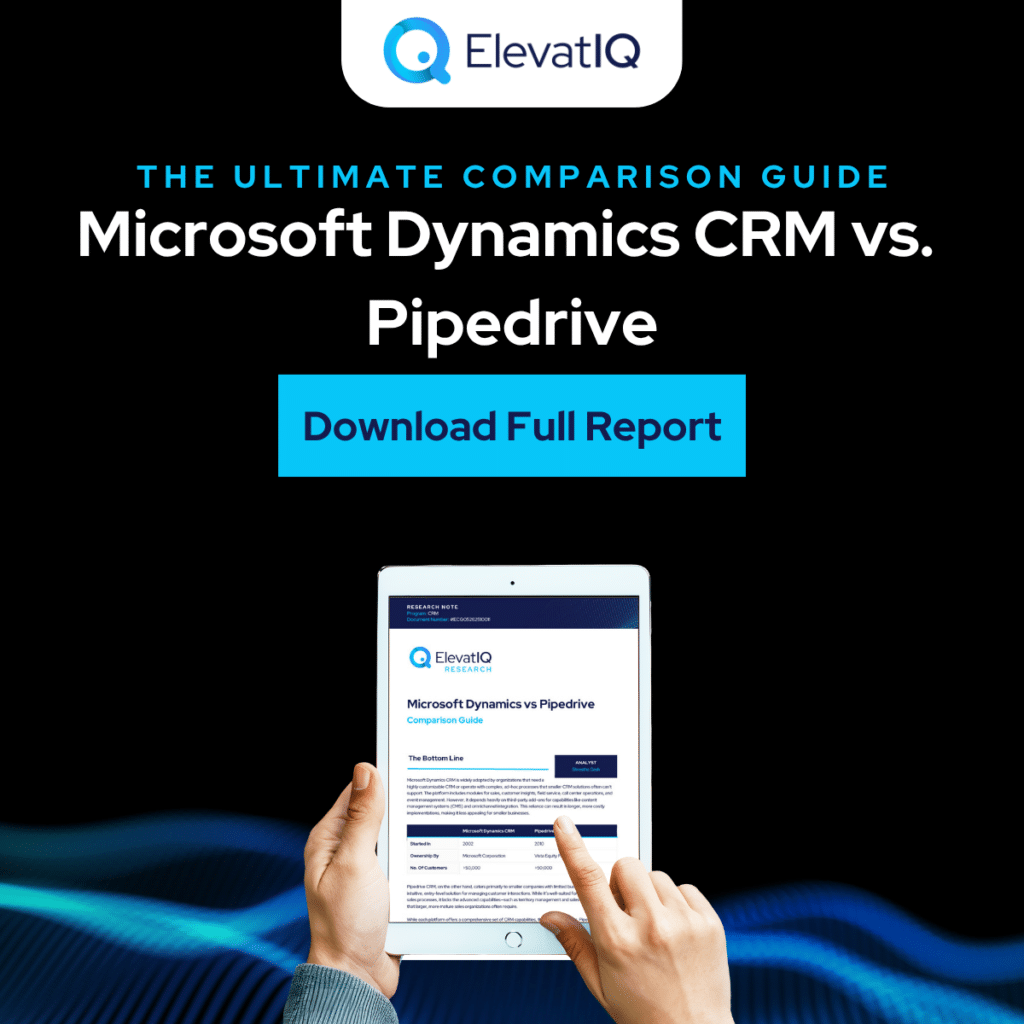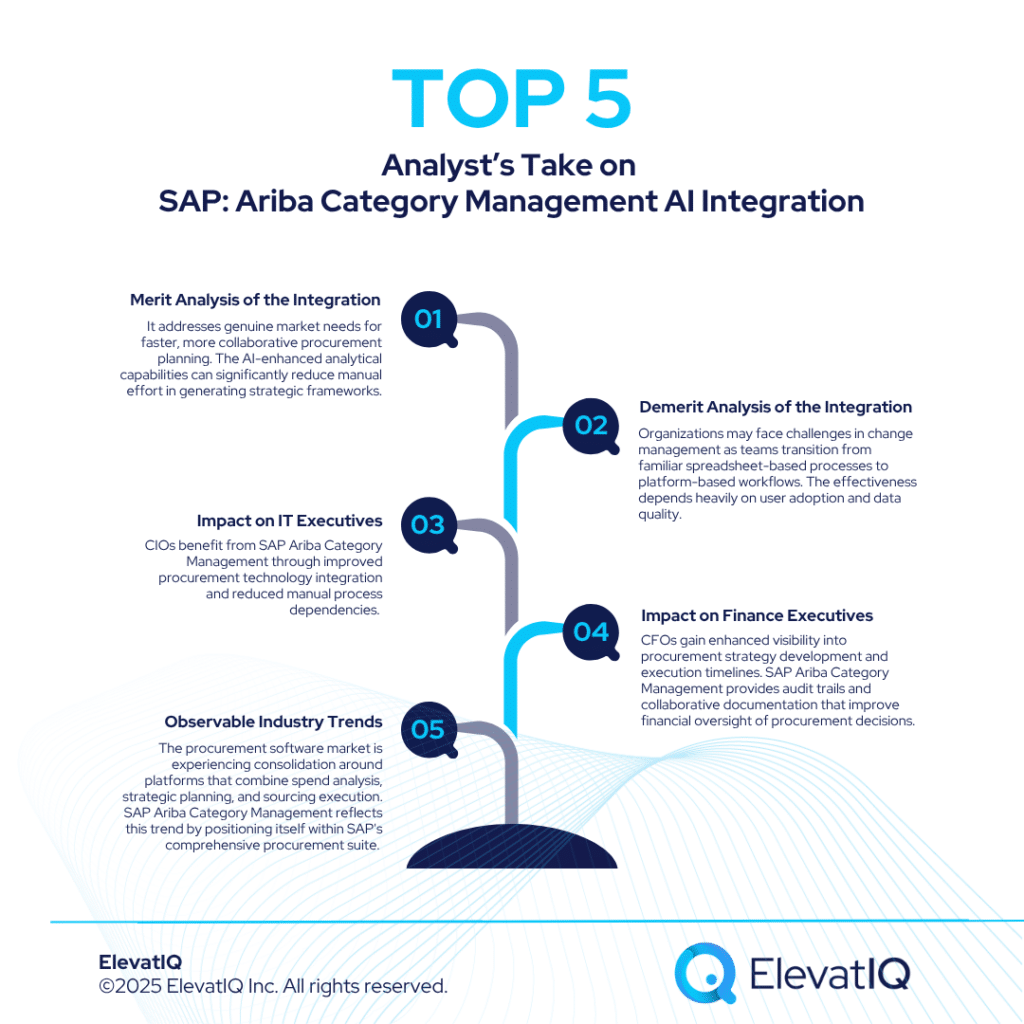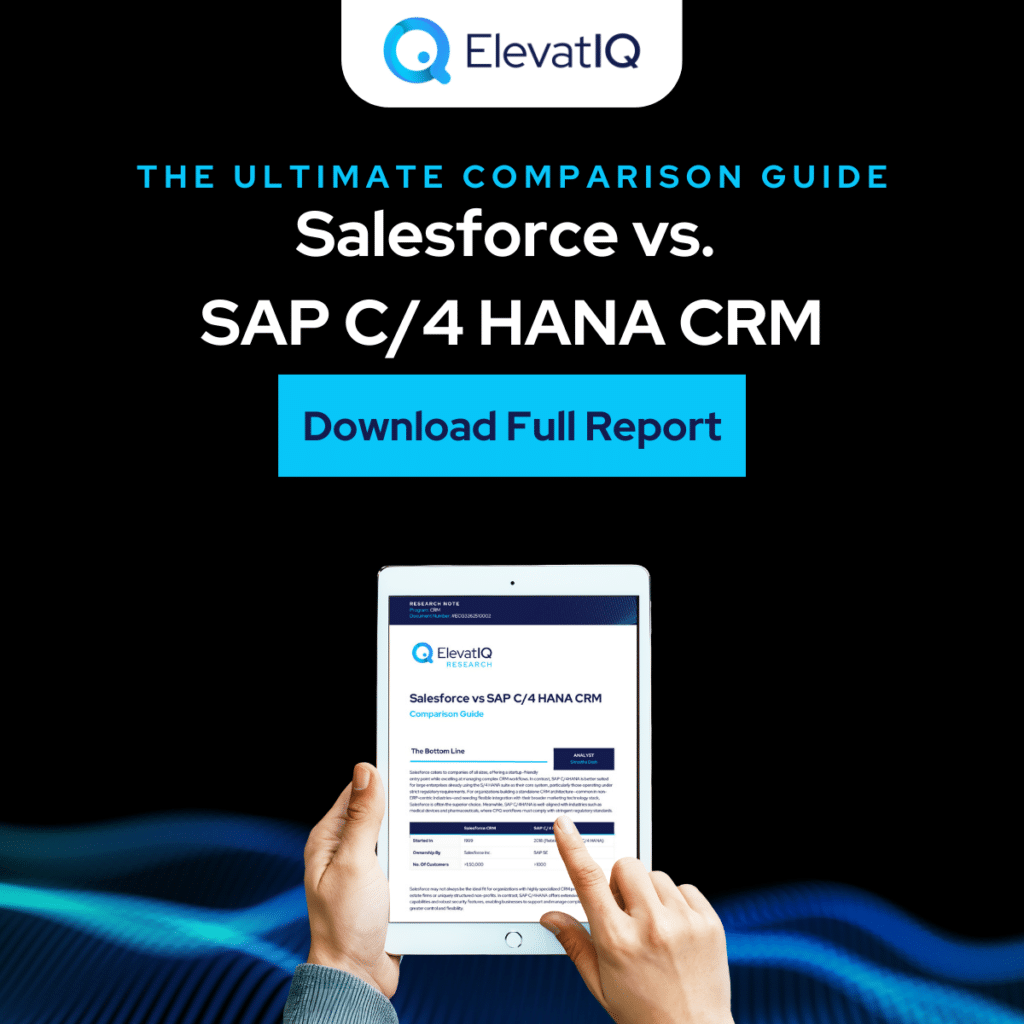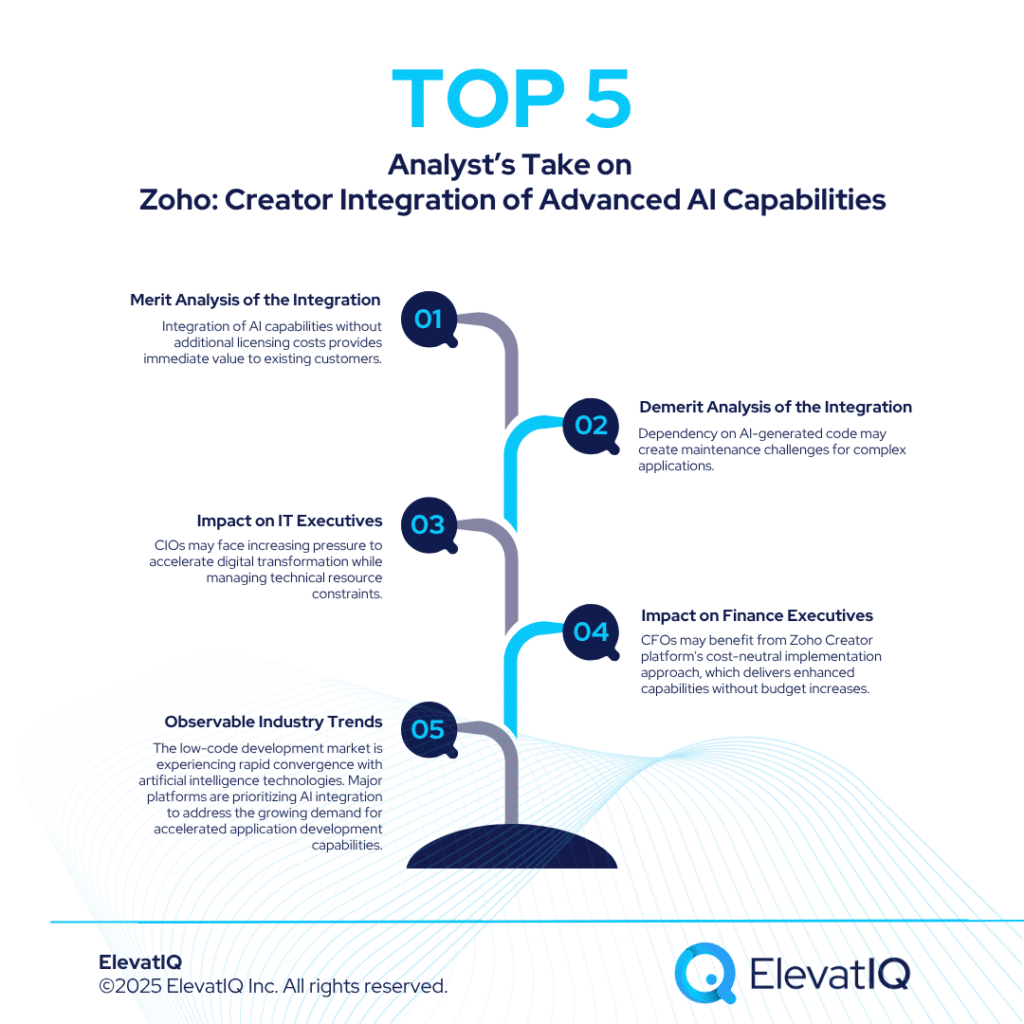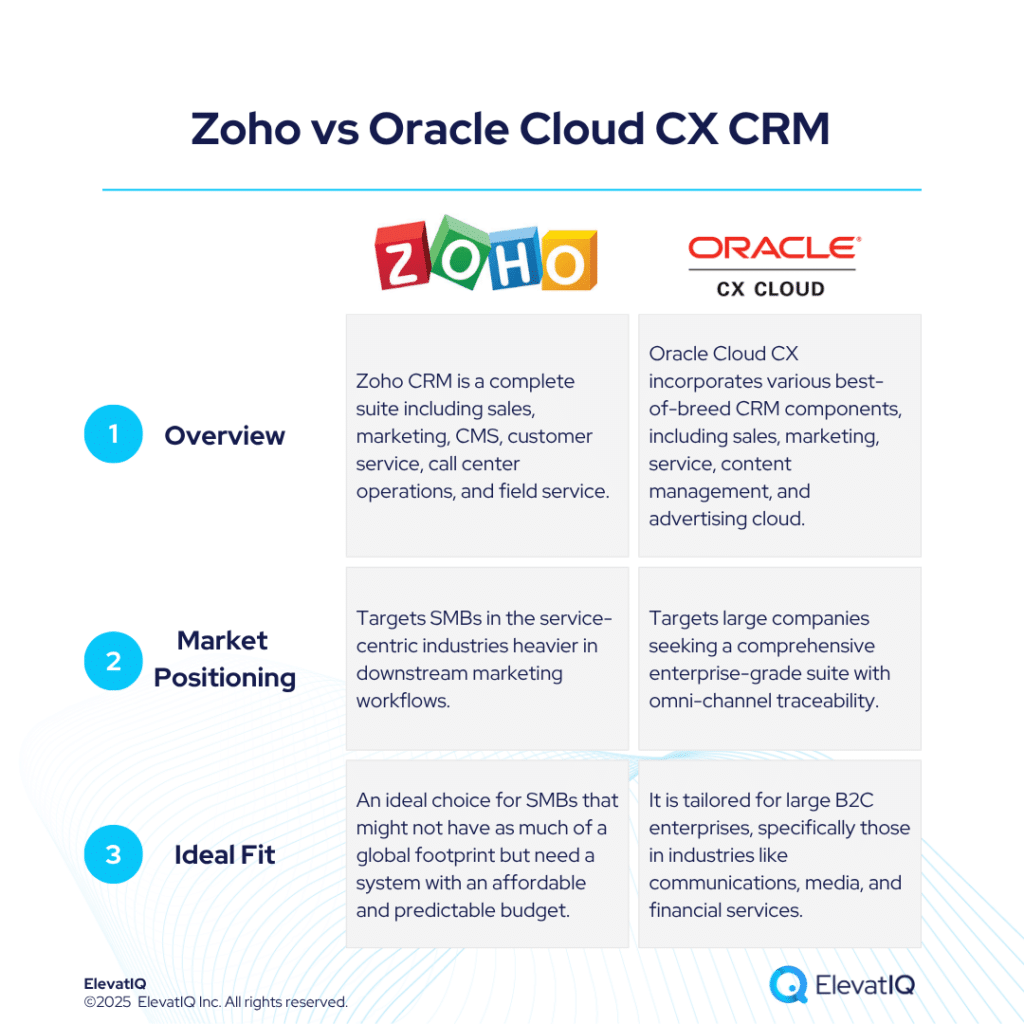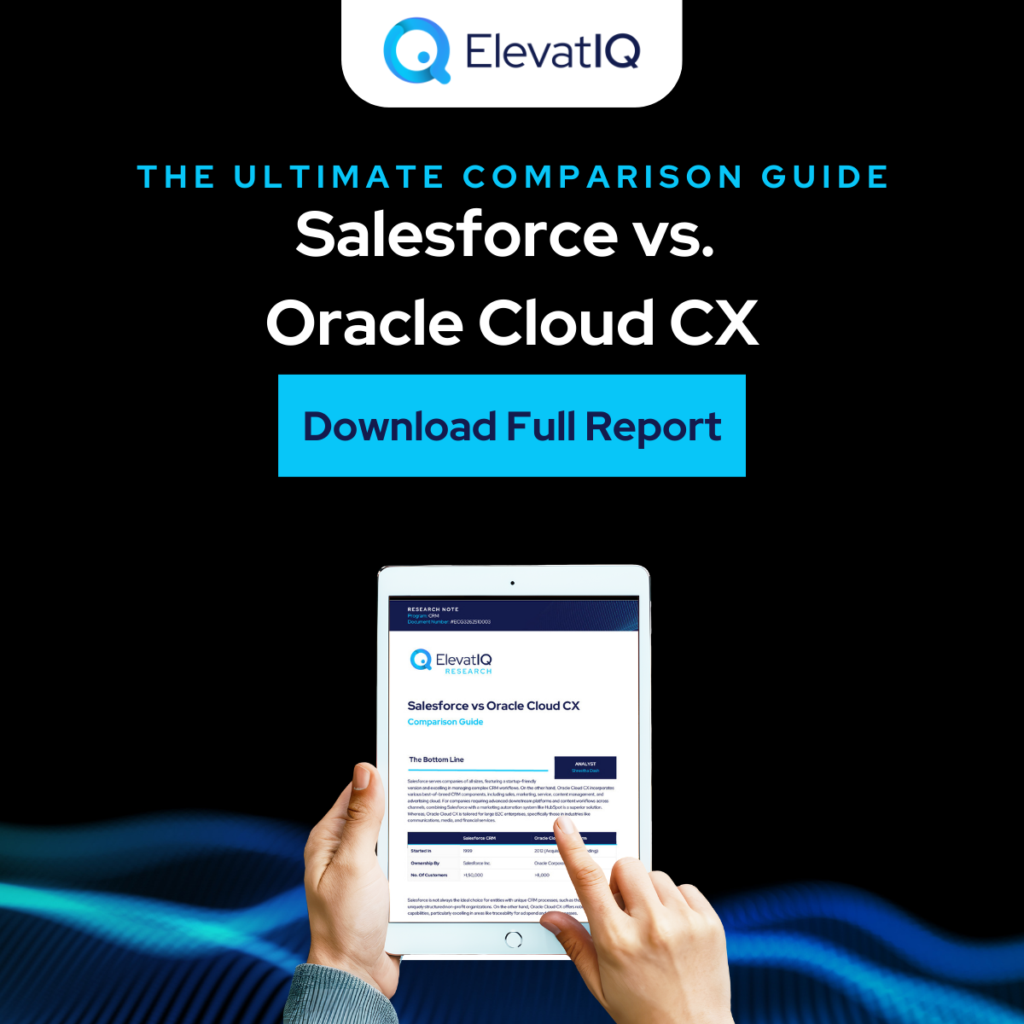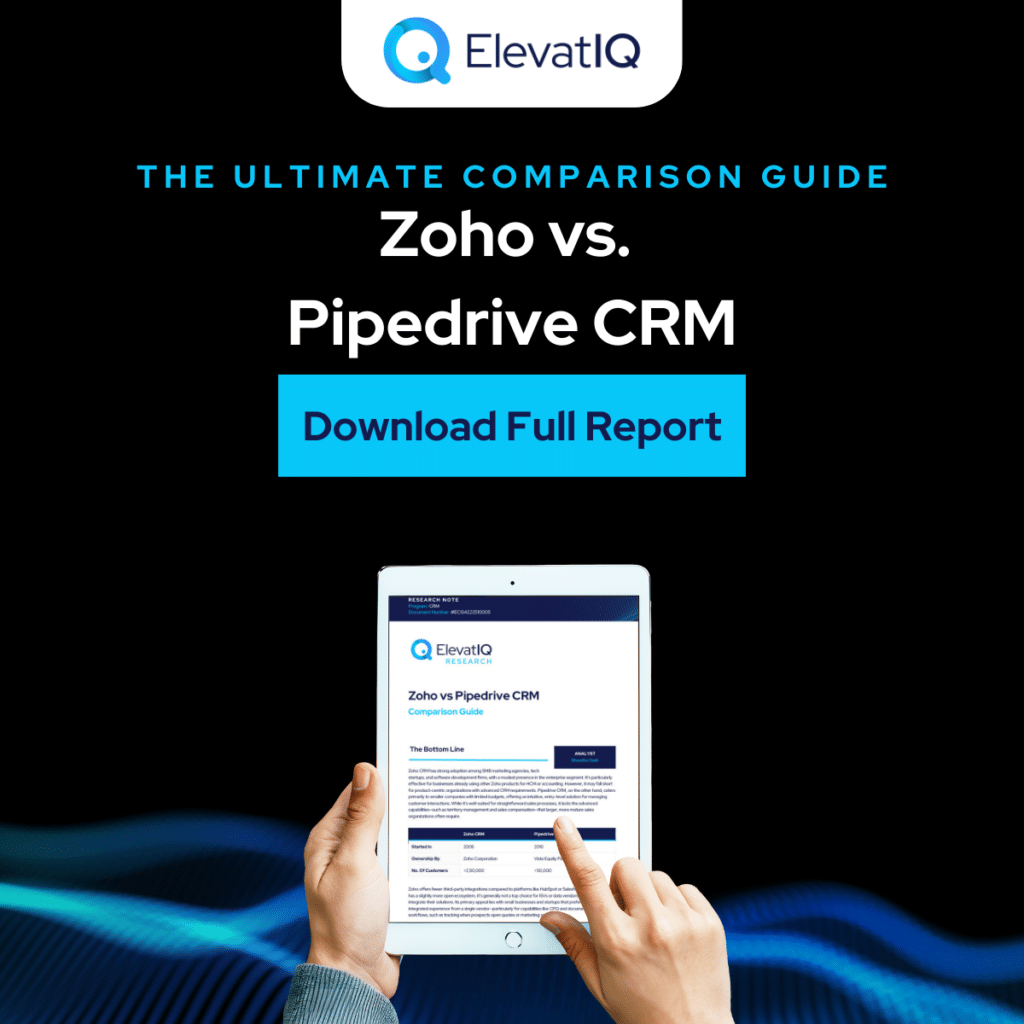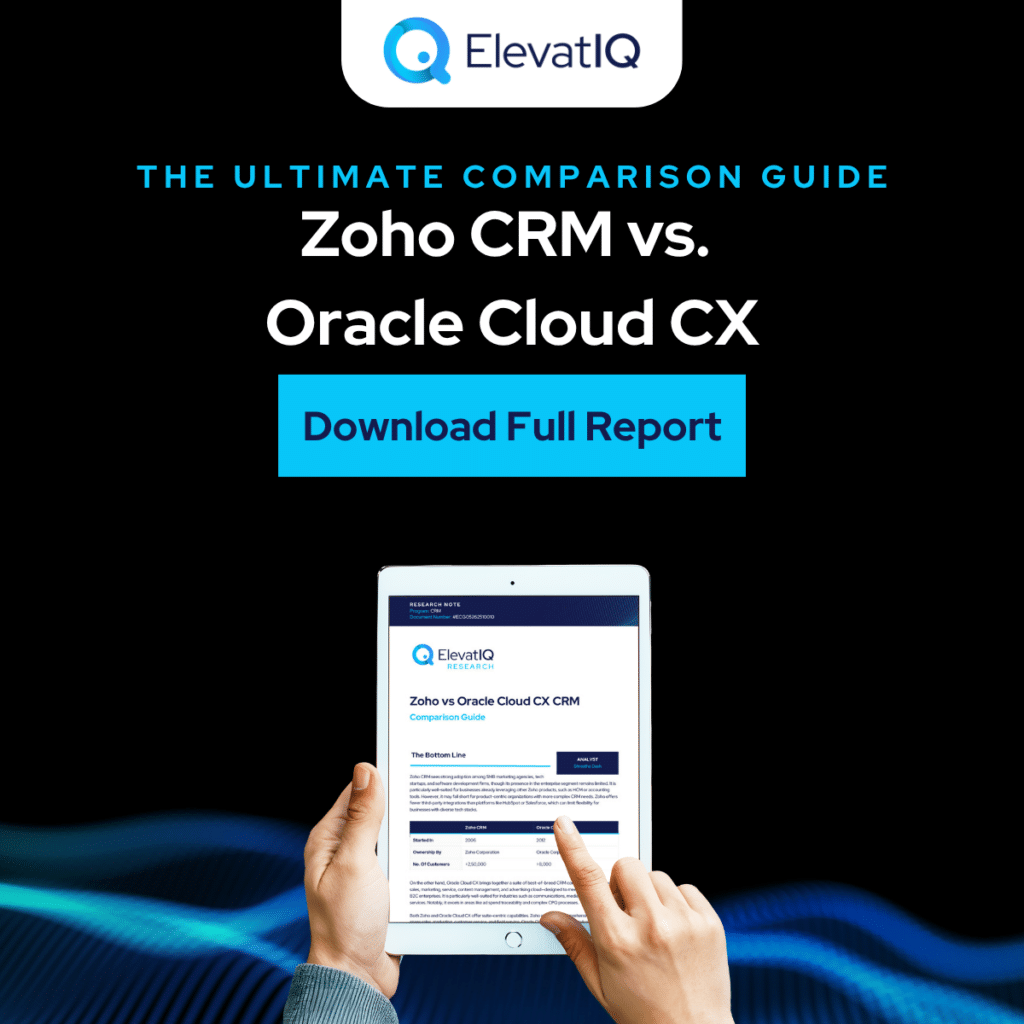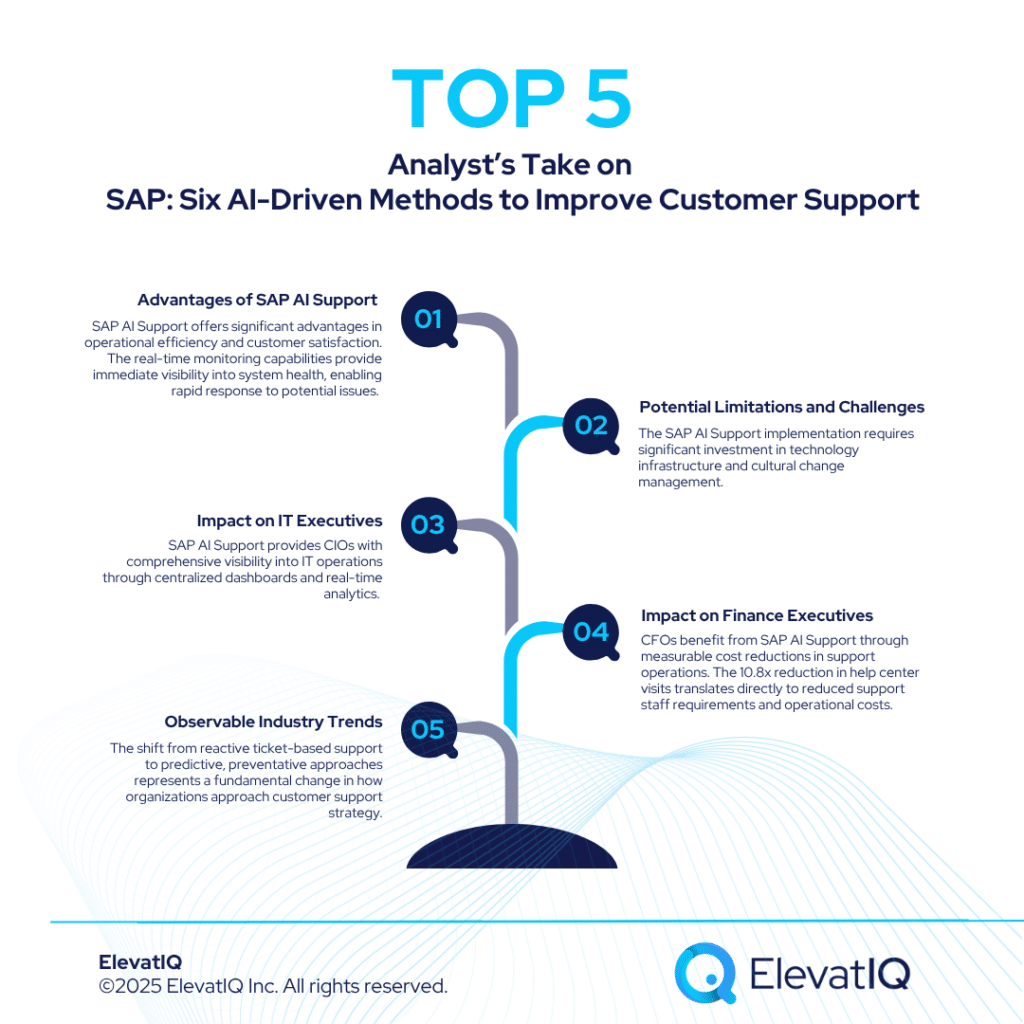Digital Adoption Consultant Guide For O-AMP Grant
Ontario’s automotive sector stands at a critical juncture. As global markets shift toward electric vehicles, autonomous systems, and advanced manufacturing technologies, companies throughout the automotive supply chain must modernize rapidly or risk being left behind. The Ontario Automotive Modernization Program (O-AMP) offers a strategic lifeline, providing substantial funding to help automotive businesses navigate this complex transformation. That’s where we come in as your Digital Adoption Consultant Partner.
Understanding O-AMP
The Ontario Automotive Modernization Program represents the provincial government’s commitment to maintaining the province’s position as a North American automotive manufacturing hub. Unlike generic business grants, O-AMP specifically targets the unique challenges facing automotive companies as they adapt to Industry 4.0 requirements.
This program recognizes that automotive modernization extends beyond simple equipment upgrades. True transformation requires comprehensive strategic planning, process re-engineering, workforce development, and technology integration—precisely the areas where expert consultation from a qualified digital adoption consultant becomes invaluable.
O-AMP Funding Structure and Scope
Program Overview: The O-AMP provides significant financial support for small- and medium-sized companies in the automotive sector to improve operational efficiency, competitiveness, and expand product offerings through the adoption of Industry 4.0 related technologies.
Three Core Funding Categories
A. Technology Adoption for Process Efficiency
Support for adopting advanced manufacturing hardware, software and/or training to improve processes and enhance competitiveness, including ERP systems, production tracking systems and advanced hardware implementation.
B. Tools and Technologies to Support New Product Development
Support for adopting technology and tools to assist with engineering and design of new products such as Computer-Aided Design & Computer-Aided Manufacturing (CAD/CAM) systems, Finite Element Analysis (FEA) software, Design for Manufacturing (DFM) tools, rapid-prototyping tools, or other tools to support the New Product Introduction (NPI) process.
C. Lean Manufacturing
Support for improving operational efficiency and competitiveness through adoption of Lean Manufacturing techniques, including procuring services of external mentor/consultants with automotive industry expertise in Lean Manufacturing process efficiency.
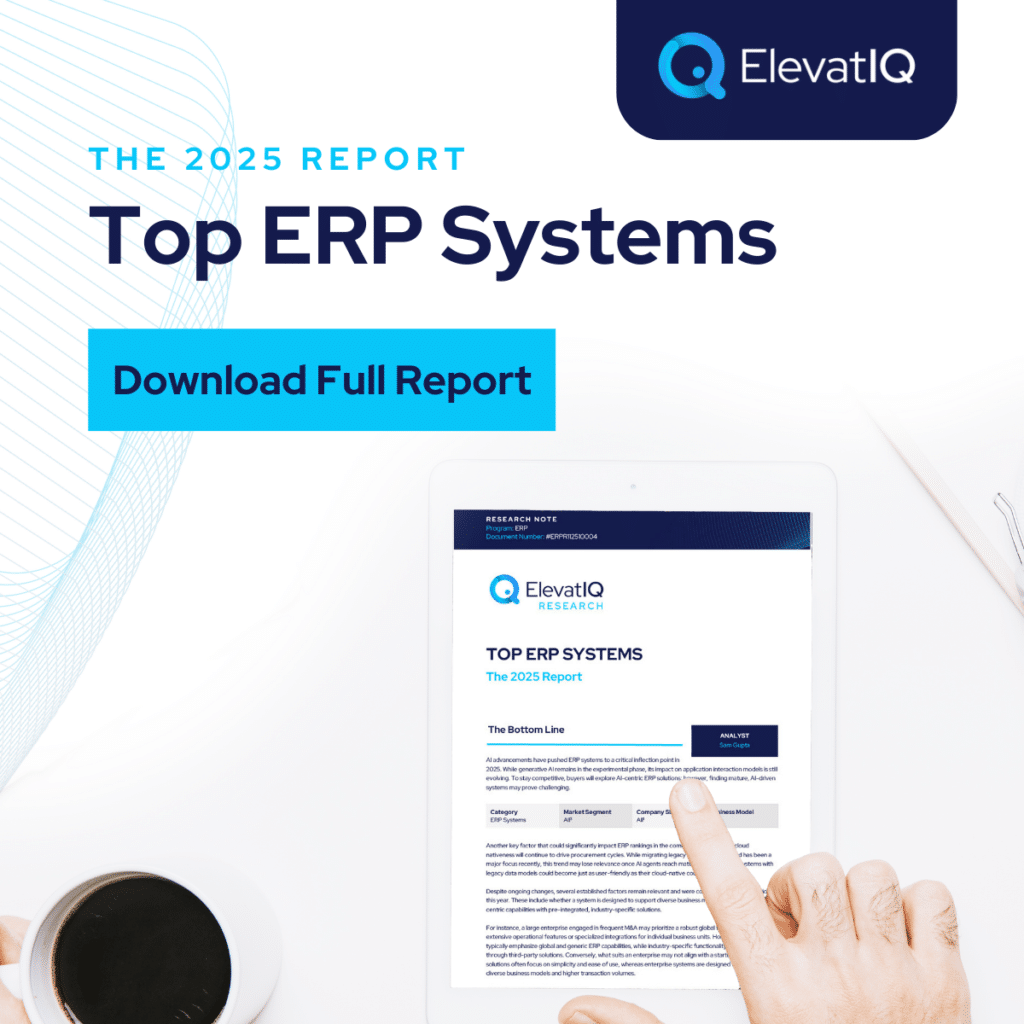
Financial Support Structure
- Up to $150,000 for eligible project costs
- Projects must be no more than two years in duration
- Applicant must contribute at least 50% of eligible project costs through internal resources or private/bank financing
- Rolling application basis with specific intake periods
Eligible Applicants and Critical Requirements
Company Eligibility (All Criteria Must Be Met)
- Small- and medium-sized Ontario-based enterprises with fewer than 500 employees in Ontario
- Consolidated global revenues of less than $1 billion in most recently completed fiscal year
- Critical Revenue Requirement: At least 50% of the company’s total sales revenue must come from the automotive sector
- Must have a CRA Business Number
- Must be in the automotive supply chain to Original Equipment Manufacturers (OEMs) of passenger and commercial vehicles
- Important Exclusion: Aftermarket parts industry is NOT eligible
- Must be a for-profit legal entity or limited partnership registered to carry on business in Ontario
- Must be owner or lessee in actual possession of a manufacturing facility in Ontario by project start date

Required Financial Documentation
- Minimum of two consecutive years of financial statements (auditor or accountant reviewed)
- Must include balance sheets, income statements, and cash flow statements
- Must be submitted as two separate documents
- Letter of financial attestation from signing authority confirming financial resources to complete the project
- Ontario Tax Compliance Verification (TCV) number required in application
- Ontario TCV certificate required before fund disbursement
Legal and Compliance Requirements
- Compliant with all applicable laws
- Free and clear of any fees, levies, charges, or taxes owed to Ontario government
- Compliant with Accessibility for Ontarians with Disabilities Act, 2005
- Compliance with Ministry of Labour, Immigration, Training, and Skills Development
- Compliance with Ministry of the Environment, Conservation and Parks
Critical Program Restrictions and Conditions
Funding Limitations
- Stacking Prohibition: Stacking with other provincial programs is not permitted
- Total funding from federal sources plus O-AMP cannot exceed 50% of total eligible project costs
- Companies with previous O-AMP projects must have successfully completed them by the intake deadline before reapplying
Project Requirements
- Projects must be achievable with demonstrated financing, project management structure, skills and experience
- Must demonstrate alignment with O-AMP objectives including economic gains, business improvements, and operational improvements
- Project scope cannot be significantly altered after Review Committee presentation
- Total eligible project costs cannot be reduced by more than 10% of original project cost
The Automotive Industry’s Digital Imperative
The automotive sector faces unprecedented disruption. Electric vehicle adoption, autonomous driving technology, and changing consumer preferences are reshaping the entire industry. Simultaneously, supply chain pressures, skilled labor shortages, and increasing quality requirements demand sophisticated technological solutions.
Key Transformation Drivers
- Electrification requiring new manufacturing processes and materials
- Autonomous vehicle components demanding higher precision and reliability
- Connectivity features necessitating software integration capabilities
- Sustainability requirements driving process efficiency improvements
- Global competition requiring cost optimization without quality compromise
ElevatIQ’s Automotive Modernization Expertise: Your Digital Adoption Consultant
ElevatIQ brings specialized experience in automotive sector digital transformation, understanding both the technical complexities and business realities facing modern automotive companies. As your dedicated digital adoption consultant, we provide comprehensive guidance throughout the O-AMP application and implementation process.
Our Comprehensive Methodology:
- Current State Assessment: We begin by thoroughly analyzing your existing manufacturing processes, technology architecture, and operational capabilities, ensuring alignment with O-AMP’s three core categories and the critical 50% automotive revenue requirement.
- Future State Visioning: Working closely with your leadership team, we develop a comprehensive understanding of your strategic objectives, market positioning goals, and operational excellence targets that align with O-AMP’s program objectives.
- Gap Analysis and Roadmap Development: Our detailed analysis identifies specific technology, process, and capability gaps that must be addressed to achieve your transformation objectives while ensuring compliance with all program requirements.
- Implementation Planning: We develop detailed project plans with realistic timelines under the two-year maximum duration, resource requirements, and risk mitigation strategies that demonstrate project achievability to the Review Committee.
O-AMP Application Process and Timeline
Current Application Round
- Program Opens: June 10, 2025
- Application Deadline: July 22, 2025
- Assessment Timeline: Applications will be assessed within 60 business days of submission deadline
Mandatory Application Steps
1. Transfer Payment Ontario (TPON) Registration
- Create ONe-key account and ID
- Register company on TPON (can take up to 5 business days)
- Requires CRA Business Number, Legal Name, Operating Name, and two organizational contacts
2. Required Application Documents (PDF Format Only)
- Completed TPON Application Form signed by individual with authority to bind company
- Copy of Articles of Incorporation or Limited Partnership Agreement
- Two consecutive years of financial statements (balance sheets, income statements, cash flow statements)
- Quotes from contractors/vendors for eligible cost items
- Letter of financial attestation from signing authority
- Project team member resumes
- Ontario Tax Compliance Verification (TCV) number
3. Optional Support Resources
- Automotive Parts Manufacturers’ Association (APMA) assistance: o-amp@apma.ca
- Ministry Senior Business Advisors by region
- Note: Using external consultants for application preparation has no bearing on success and costs are NOT eligible project expenses
Evaluation Process and Criteria
Review Committee Assessment
Applications are evaluated on completeness, clarity, project feasibility, and alignment with O-AMP goals and objectives. Funding decisions are at the Ministry’s sole discretion.
Two-Tier Review Process
Smaller Projects (up to $50,000 O-AMP funding)
- Review Committee assessment comprising external domain expert and Ministry reviewers
- May request presentations and/or site visits at Committee’s discretion
Larger Projects ($50,000 to $150,000 O-AMP funding)
- Initial Review Committee assessment
- Potential invitation for in-person or virtual presentation
- Possible site visits, particularly for Lean Manufacturing components
- Final funding recommendation based on both review stages
Post-Approval Requirements and Conditions
Mandatory Conditions Before Fund Disbursement
- Signed funding agreement with Ontario government
- Evidence of project financing
- Proof of insurance
- Compliance verification with multiple ministries
- Ontario Tax Compliance Certificate
- Supplier Registration Form completion
Ongoing Reporting Requirements
- Interim Progress Reports at project midpoint
- Final Report within 30 days of project completion
- Detailed proof of expenditures and financial attestations
- Seven-year record retention requirement for all financial documents
ElevatIQ’s Comprehensive O-AMP Support Services
Application Development
- Technical project scoping within O-AMP categories
- Financial projections and budget development
- Risk assessment and mitigation planning
- Compliance verification assistance
- Review Committee presentation preparation
Post-Approval Implementation
- Project management and milestone tracking
- Vendor selection and procurement support
- Compliance monitoring and reporting
- Interim and final report preparation
- Performance optimization and continuous improvement
Program Limitations and Important Considerations
Critical Program Restrictions
- O-AMP is a discretionary, non-entitlement program with limited funding
- Meeting all eligibility criteria does not guarantee approval
- Funding decisions are at Ministry’s sole discretion
- Projects may be publicly announced and reported
Successful Applicant Obligations
- Mandatory performance measures and milestone reporting
- Potential fund repayment if terms and conditions are not met
- Ongoing compliance with all applicable laws and regulations
- Participation in program evaluation and reporting activities
Your O-AMP Journey Starts Here
The Ontario automotive sector’s future depends on the modernization decisions made today. O-AMP funding provides an unprecedented opportunity to access both financial resources and expert guidance necessary for successful transformation, but success requires meticulous attention to program requirements and strategic application development.
ElevatIQ’s combination of automotive industry expertise, government funding program knowledge, and proven transformation methodology positions us as the ideal digital adoption consultant partner for your O-AMP journey. We understand the critical importance of the 50% automotive revenue requirement, the complexities of the two-tier review process, and the stringent compliance requirements that can make or break an application.
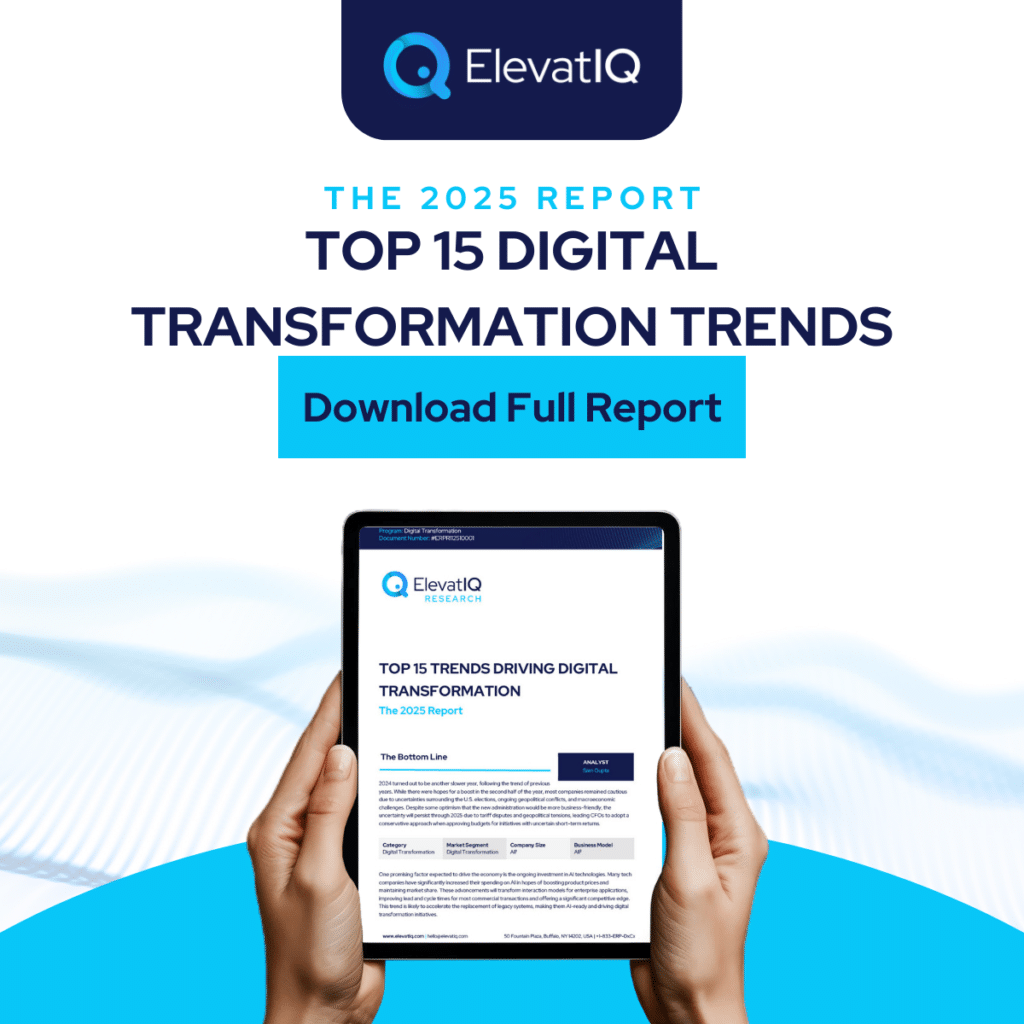
FAQs
Digital Adoption Consultant Guide For O-AMP Grant Read More »

